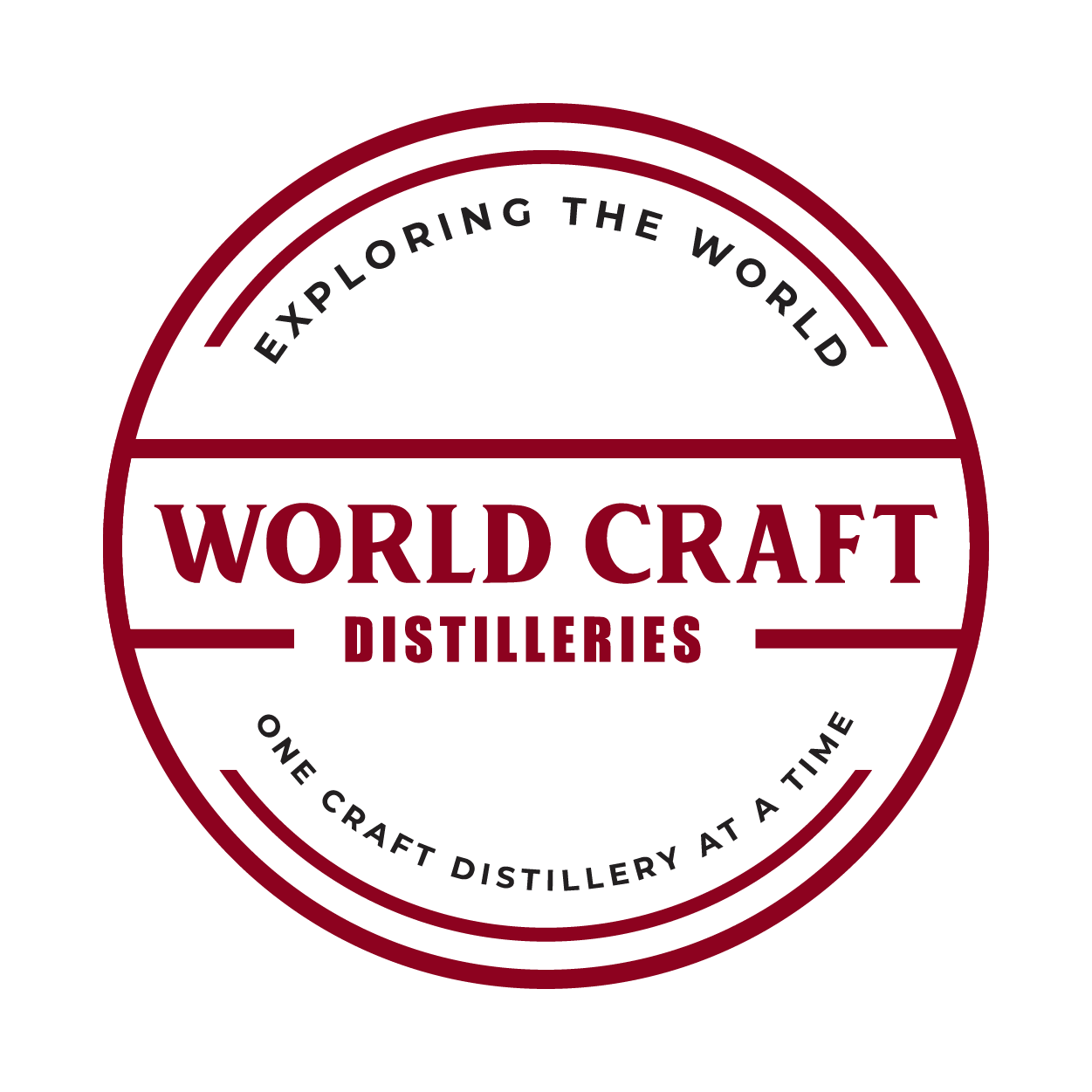DEFINING CRAFT DISTILLING
CERTIFIED CRAFT SPIRIT™
Craft spirits are the products of an independently-owned distillery with maximum annual sales of 52,000 cases where the product is PHYSICALLY distilled and bottled on-site.
A Craft Blender is independently-owned and operates a facility that uses any combination of traditional and/or innovative techniques such as fermenting, distilling, re-distilling, blending, infusing or warehousing to create products with a unique flavor profile.
Craft blending is not merely mixing high-proof spirits with water or sweetening. Many craft distillers both distill and blend products and must identify them as such on their TTB profile.
TO BE A CERTIFIED CRAFT DISTILLED SPIRIT
Distilled by the DSP: The spirit must have been run through a still by a certified craft producer, and the TTB-approved label must state “Distilled By” followed by the name of the DSP.
Independently-Owned: Less than 25% of the craft distillery (distilled spirits plant or DSP) is owned or controlled (or equivalent economic interest) by alcoholic beverage industry members who are not themselves craft distillers.
Small-Scale: Maximum annual sales are less than 100,000 proof gallons.
Hands-on Production: Craft distillers produce spirits that reflect the vision of their principal distillers using any combination of traditional or innovative techniques including fermenting, distilling, re-distilling, blending, infusing or warehousing.
QUALIFICATIONS TO BE A CERTIFIED CRAFT-BLENDED SPIRIT
Independently-Owned: Less than 25% of the craft distillery (distilled spirits plant or DSP) is owned or controlled (or equivalent economic interest) by alcoholic beverage industry members who are not themselves craft distillers.
Small-Scale: Maximum annual sales are less than 100,000 proof gallons.
Hands-on Production: Craft Blenders produce spirits that reflect the vision of their principal blender using any combination of traditional or innovative techniques including fermenting, distilling, re-distilling, blending, infusing or warehousing. The blended components must be varied in each type — e.g., more than one barreling of whiskey, more than one type of neutral spirits, etc. — and cannot be limited to merely blending-down high-proof spirits with water, or by only adding coloring, flavoring or blending material.
Bill Owens
President & Founder, American Distilling Institute
Reprinted courtesy ADI

